Saint-Mammès heritage
Contents
- History
- Heritage (this page)
- Walking around
- Riverside stop
- Food and accomodation
Quai de Seine (Quay of Seine)

It is the residential and commercial river Seine façade and it has undergone many transformations over the centuries.
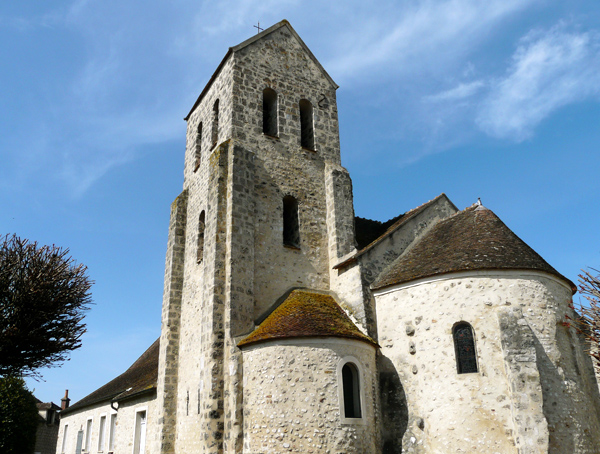
The church, dedicated to a Cappadocian healer Saint Mammès, was probably built around the 10th century. It shelters a statue of the saint dating from the thirteenth century, a statue of a beautiful Madonna and Child (XIV century) and several tombstones from the thirteenth century.
Currently located near the parking lot of the church, a prehistoric polishing stone made of buff sandstone, was discovered at Saint-Mammès around 1890 at a place called « La bande à l’aise » (the band at ease) currently located “rue des Ecoles”. It was then transferred in 1923 onto the property of Mr. George LIORET, former mayor of Moret-sur-Loing. This is when it got broken into two pieces.
In April 2003, it returned to its original grounds. This polisher attests to a prehistoric occupation of our territory. It served our distant ancestors to repair their axes. With a weight of about 1.5 to 2 tons, the whole has a length of 1.70m and a width of 1.40m and a thickness of 0.45m to 0.65m.
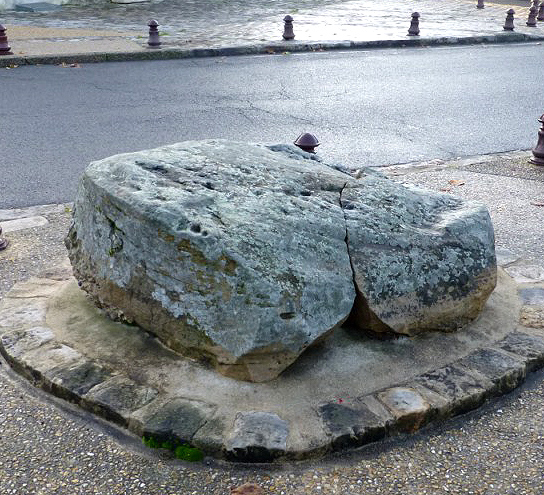
Since the beginning of 1985, our commune initiated a local development policy focused on heritage rehabilitation. In 1990, the renovation of the town center led to the restoration of the church, its square and the rehabilitation of the Town Hall.

The implementation of the Marina, through a quality landscaped urban process, promoted Saint-Mammès to a real cosy living environment. This has also initiated a touristic movement, particularly with the pleasure boats.
The earliest souvenir of the waterway history in Saint Mammès can be found on the “Quai de Seine”. It is a door decorated with an anchor and initials LB, dated 1610. This attests to the presence of an ancient waterway activity in Saint-Mammès.
Quai du Loing (Quay of Loing)
After the opening of the Briare canal in 1642 and the Orleans canal in 1692, the Canal du Loing enabled many boats to join the river Seine, despite the passing of twenty-six locks.
This canal, which connects Saint-Mammès to Montargis, was built between 1719 and 1724. Owned by the Duke of Orleans, the farming company exploited the canal. Along the way, lock keepers’ houses and offices were built to ensure police security, maintenance, boat passing and toll collection.
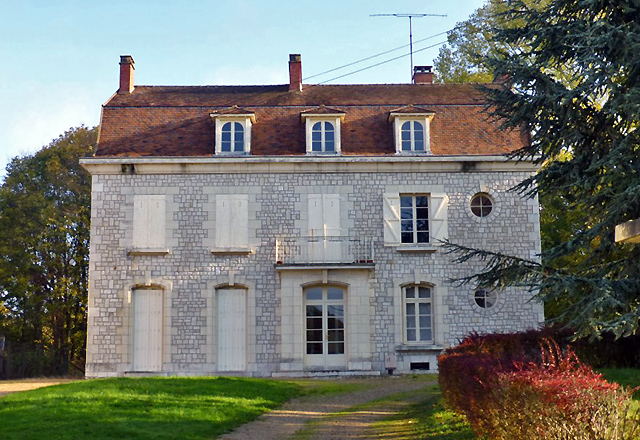
The lock house, the Hotel of the lieutenant of the conservative-judge and of the deputy fiscal procurator of the canal are still located in a large enclosure comprising gardens and a tree nursery. Later on, the hotel was occupied by the Receiver and Controller.
Today, only the beautiful gate recalls the splendor of the Duchy. The hotel currently houses the French Waterway Agency.
The discreet and intact lock keeper’s house remains, despite some slight modifications, as it was conceived in the eighteenth century. Its characteristic is to be capped with slate, in a region where tiles dominate.
Founded in 1749, the tree nursery had as primary role to provide trees for embellishment and ornament of the Loing canal. It also served to cultivate wicker which was then sold to the villagers.
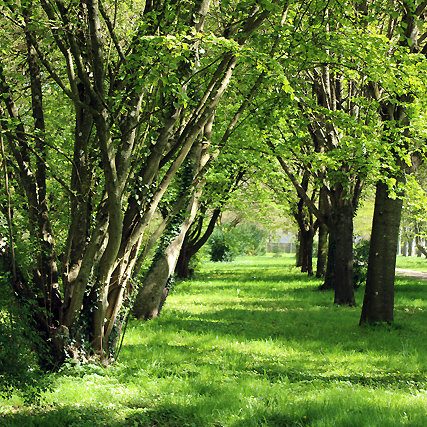
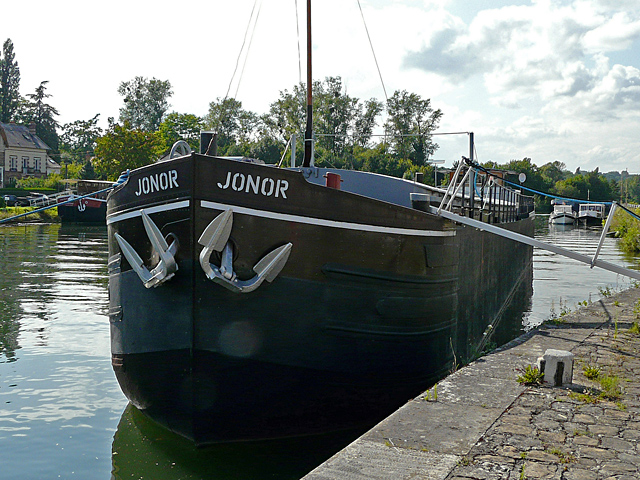
A barge called “Jonor” has also been bought by the city. One day, perhaps, it will become a Heritage Interpretation Centre for barge life.
It is possible to ask for a visit. Please inquire at the city hall, or contact us at: accueil@saint-mammes.com or 01.64.23.39.41
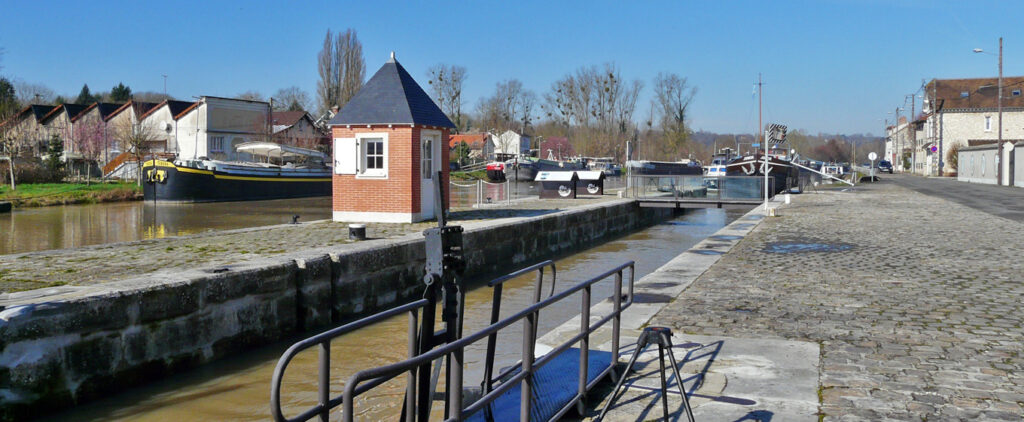
The Saint-Mammès lock is an exception on the Loing Canal. Indeed, while all the locks are stone-faced, the Saint-Mammès lock is embanked.
With a length of 30 meters, building started 1724 and it is extended by a dam. In 1890, it was enlarged to accommodate boats with a length of 38.50 meters. A reproduction of one of the mobile elements of the old dam was created to present its particular process. The principle was simple : these elements were side by side, allowing a dam to be formed, with a bridge above to cross over the canal or to enable lock keepers to manoeuver the panels. It is no longer in use, but remains an important element of our common waterway heritage.
Alfred Sisley
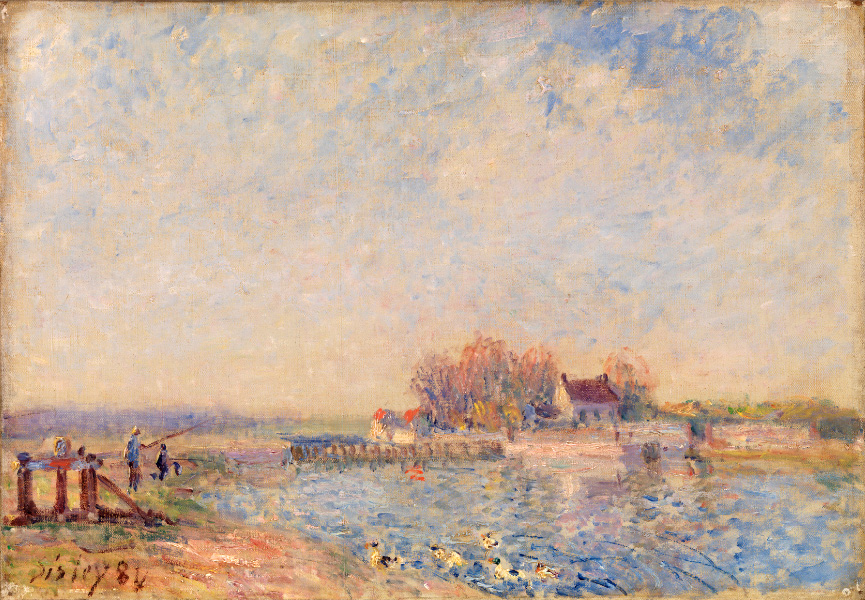
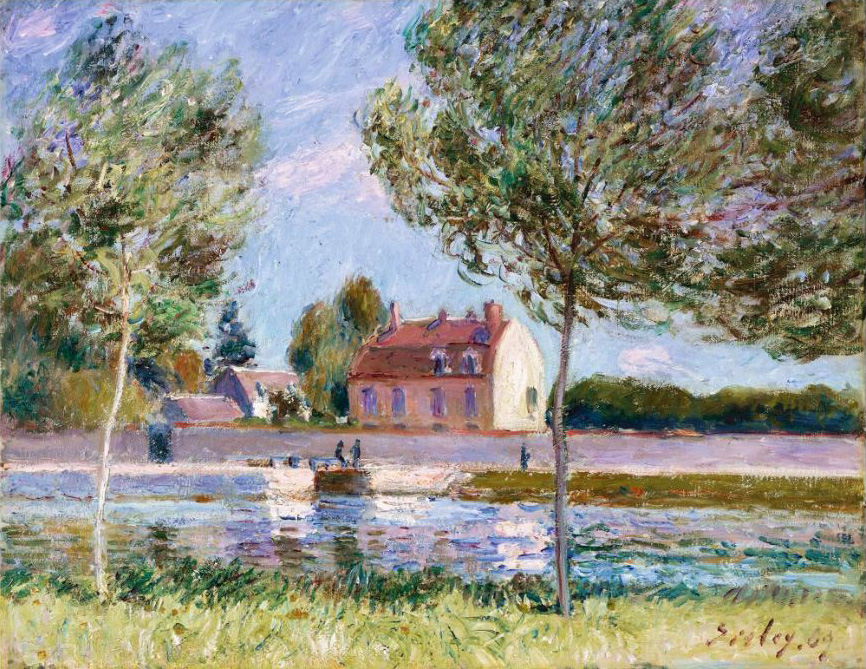
Jousting games
Endowed with several centuries of life around the water, Saint-Mammès harbours some traditions of which the most famous remain the jousting games.
Visible and noisy during the days of competition between municipalities, nautical jousting claims our attention and admiration.

Perched on platforms, jousters (men or women) compete as during the late 19th century. The spectacular « fighting » is short but violent. This greatly resembles the jousting of the knights of the middle ages. Once you have witnessed these jousting games you will never forget them. If you haven’t seen them you are invited during summer on Sundays starting mid-June to stroll along our quays and stop a few minutes to attend a training session or competition. Definitely worth a visit!